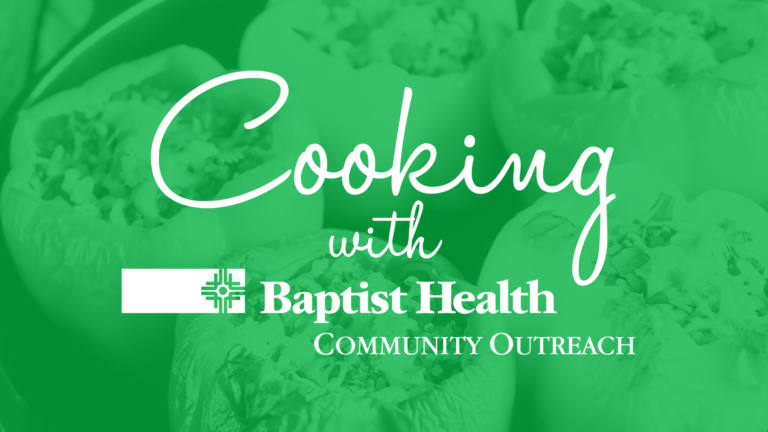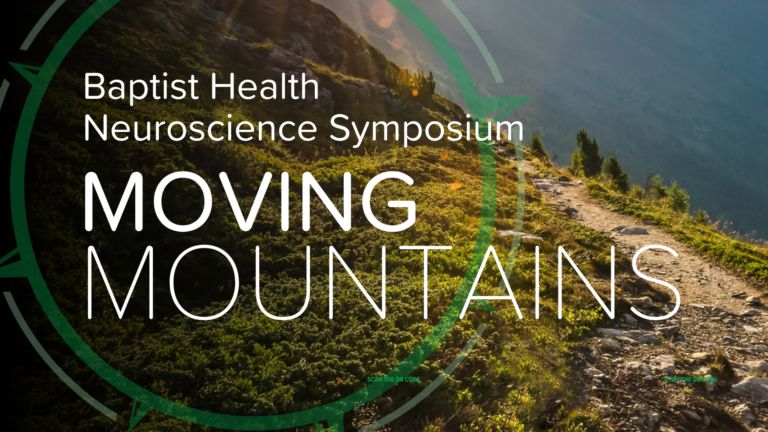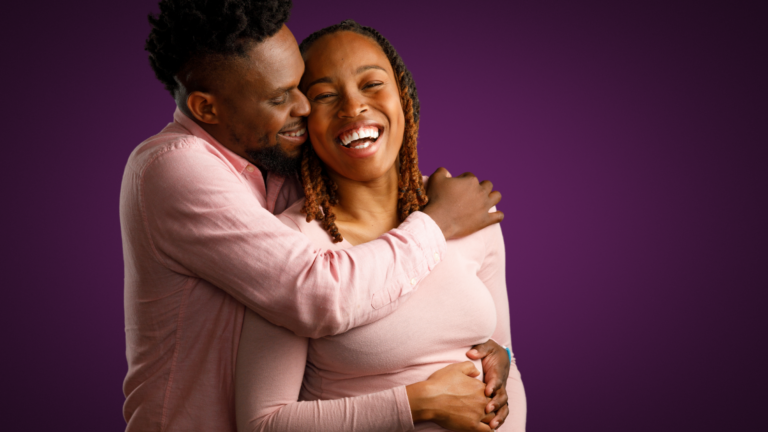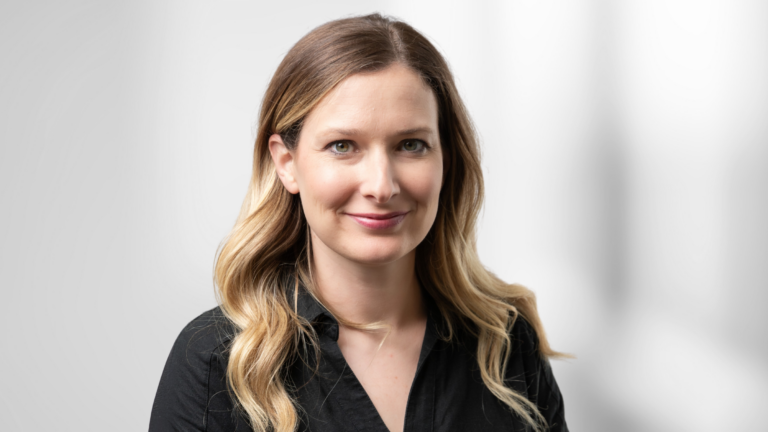Stroke rehabilitation can help you recover from the effects of stroke and relearn skills and new ways to perform tasks. Rehabilitation depends on many variables, including the following:
- Cause, location, and severity of stroke
- Type and degree of any impairments and disabilities from the stroke
- Overall health of the patient
- Family support
Rehabilitation of the patient with a stroke begins during the acute treatment phase. As the patient’s condition improves, a more extensive rehabilitation program is often begun. The goal of stroke rehabilitation is to help the patient return to the highest level of function and independence possible, while improving the overall quality of life — physically, emotionally and socially. Rehabilitation is designed to meet each person’s specific needs; therefore, each program is different. Some general treatment components for stroke rehabilitation programs include the following:
- Treating the basic disease and preventing complications
- Treating the disability and improving function
- Providing adaptive tools and altering the environment
- Teaching the patient and family and helping them adapt to lifestyle changes
Stroke rehabilitation works best when the patient, family, and rehabilitation staff works together as a team. Family members must learn about impairments and disabilities caused by the stroke and how to help the patient achieve optimal function again.
Treatment
Speech, Language & Cognitive Training
After having a stroke, a person may experience some degree of impairment in speech, language and/or cognition. At Baptist Health Rehabilitation, speech therapists treat any disorder that affects communication through an individualized treatment program to maximize the person’s recovery.
Mobility Training
The mobility options for an individual affected by stroke may depend, to a great extent, on the amount of physical impairment resulting from damage to the brain. The impairment may range from slight disturbances in balance and coordination to complete loss of movement control on one side of the body, including the muscles of the trunk, neck and face. Despite the appearance, the physical effects of a stroke do not result in “weak muscles” but a disturbance in the “messages” between the brain and the muscles.
Depending on the individual’s physical limitations, the physical and occupational therapists will provide training in:
- Transfers
Patients are shown how to safely move from the wheelchair to the car, bed, furniture, toilet and tub. - Wheelchair Mobility
Patients are taught to negotiate curbs, ramps, and various types of surfaces in standard wheelchairs or power drive chairs. - Walking
Walking training is practiced on a variety of floor surfaces, ramps and stairs using different types of canes, walkers, splints and braces, as necessary. Walking overhead lifts, unweighting systems and special treadmills may be used to enhance walking training. - Wheelchair Positioning
Provision of cushions and positioning devices to maximize sitting comfort, support and function.
The physical therapist will assist in arranging for any necessary mobility devices (cane, wheelchair, tub bench, etc.) prior to discharge.
Specialized Feeding & Swallowing Program
Difficulty with swallowing, or dysphagia, is one of the many disorders that can occur following a stroke. When an individual has a swallowing impairment, there is always the danger that food or liquid will go into the lungs rather than into the stomach – this is known as aspiration, which can cause pneumonia. Meeting nutritional needs may also be more difficult with dysphagia.
Led by a speech therapist, the interdisciplinary team at Baptist Health Rehabilitation provides comprehensive evaluation and treatment for patients with dysphagia. No two patients are exactly alike in their swallowing problem. Each patient has an individualized treatment plan developed after a careful, detailed assessment of their swallowing. This assessment may include performing a swallow x-ray. Treatment may include changing the patient’s head or body position during the swallow or changing the types of food and liquids that the patient eats and drinks. Other treatment techniques may include the patient learning new ways of swallowing and the use of swallowing exercises.
Self-Care Training
Recovering independence in self-care is an important aspect of stroke rehabilitation. Our team of therapists and nurses promote independence in numerous ways.
At Baptist Health Rehabilitation, patients are taught strategies to compensate for performing activities of daily living. Patients are also encouraged to begin to use their impaired extremities while engaging in routine tasks. Both approaches help patients care for themselves with progressively less help from others.
Basic personal care tasks such as eating, grooming, bathing, toileting and dressing may be addressed first during rehabilitation. Patients may then progress to more advanced activities of daily living such as meal preparation, household tasks, managing medications and participation in community activities.
The Baptist Health Rehabilitation therapy gym is equipped with home-like kitchens, bedrooms and bathrooms in which patients and caregivers receive intense training to gain the skills to function safely at home.
Community-simulated settings such as David’s Village provides a unique opportunity for patients to practice skills needed to participate in community activities. This realistic “village” includes a restaurant, grocery store, vehicle, gas pump and entry to a home/porch.
Driver Rehabilitation
Baptist Health Rehabilitation Institute-Little Rock employs a certified Driver Rehabilitation Instructor who provides driving evaluation and training in a Baptist Health-sponsored car. This vehicle is equipped with adaptive devices including hand controls for the accelerator and brake, various steering options and an adaptive foot gas pedal.
Driver Rehabilitation is structured to meet the individual needs of each client and may consist of one assessment and training session or a series of visits when more extensive training is required. When indicated, we also have an assessment device to determine an individual’s readiness for driver training.
Driver Rehabilitation requires a physician’s referral, is covered by Medicare and is covered by most insurance under occupational therapy. The program is offered Monday through Friday from 8 a.m. to 5 p.m.
Electrical Stimulation Technology
At Baptist Health, we use electrical stimulation technology to help stroke survivors restore function, predominantly through three tools: The Bioness H200, The Bioness L300 and the functional electrical stimulation bike.
The Bioness H200
A state-of-the-art neuroprosthetic and rehabilitation system, the Bioness H200 uses computer controlled electrical stimulation to help individuals regain control and movement of the muscles in their arms and hands. The device is worn on the forearm, and can also minimize impairments and complications associated with central nervous system injuries.
The Bioness L300
The Bioness L300 is an innovative wireless electrical stimulation system designed to assist individuals who have foot and ankle weakness or movement control problems from a central nervous system injury. The system stimulates the muscles lifting the foot at the proper time in the walking sequence. This may reduce the need for rigid braces and reduce walking deviations used to compensate for poor ankle control.
The Functional Electrical Stimulation Bike
The functional electrical stimulation bike is used for individuals with a variety of diagnoses including spinal cord injuries, stroke, brain injury and multiple sclerosis who have decreased movement in their trunk and extremities. Electrodes focus graded amounts of electrical stimulation to assist the muscle contraction to propel the stationary bike. Virtual displays provide motivation and help encourage symmetrical movement of the arms and legs.
Stroke Treatment Technology
Bioness Integrated Therapy System
The B.I.T.S. (Bioness Integrated Therapy System) is a rehabilitation tool designed to evaluate and restore hand-eye coordination, reaction time, depth perception and working memory for clients with a variety of neurological deficits via using an interactive touch screen. WE use it all the time with our stroke patients.
Armeo Spring
The armeo spring is a mechanism which provides adjustable weight support for an arm that has limited movement from a neurological condition such as a stroke. The patient engages in an interactive process by participating in activities on a screen to maximize functional ability. BHRI has had this device around 5 years.
Real®System
The Real® System is brand new for BHRI. It is a virtual reality system which focuses on strengthening, range of motion and postural control for rehab patients. It is used mostly with the CVA population. We have had this system for only a few months.
Support
Baptist Health Rehabilitation Institute-Little Rock
Baptist Health’s Stroke Support Group is made up of individuals who have experienced a stroke, along with their friends, family and caregivers. The group meets on the second Thursday of each month at 12:30 p.m. in the first floor conference room at Baptist Health Rehabilitation Institute-Little Rock. For more information, call 501-202-2547.
For a comprehensive overview of our award-winning care, download our annual report.
Referrals
Patients may be referred to Baptist Health Rehabilitation by physicians, family member, friend or self-referral. A screening examination may be conducted prior to admission. The cost of treatment is covered as with any hospitalization by Medicare, Medicaid, Workers’ compensation and private insurance carriers.
For additional information on how to begin the admission process, or to schedule a tour, call (501) 202-7011 for Little Rock, (501) 681-0974 for North Little Rock or Baptist Health HealthLine at 1-888-227-8478.




